When it comes to construction equipment, there are a few different types you hear most often, two of the most common are skid steers and wheel loaders, but what’s the difference? Which one is right for your business? In this blog post, we’ll discuss the differences between the two devices and help you decide which is best for you.
What is a Skid Steer Loader?

A skid steer is a type of construction equipment that can be used for a variety of tasks, such as moving dirt, lifting materials, and even plowing snow. Skid steers are so named because they have a swivel frame that allows the operator to “skid” from side to side, making them very versatile machines that can be used for various applications.
Skid steers usually have a set of wheels in the front and rear, with the operator sitting in the middle. They use two lever controls to operate the bucket or other attachments they may have, and the skid steer is highly maneuverable and can even be driven upside down without any issues.
One of the biggest advantages of skid steers is that they are very versatile. They can be equipped with various attachments such as buckets, forks, and even snow plows. This makes them ideal for a wide range of applications, whether on construction sites or elsewhere.
Another advantage of skid steers is that they are relatively small and compact. This makes them easy to transport from one job site to another. And, because of their high mobility, they can be used in tight spaces where large construction equipment cannot.
Skid-steer loaders are a great option for businesses that need versatile and maneuverable construction equipment. They can be used in a variety of applications and are relatively easy to transport from one job site to another. However, they can be more difficult to maneuver than wheel loaders and can be less stable, and they also tend to be more expensive.
What is a wheel loader?

A wheel loader is a type of construction equipment used to carry heavy loads from one place to another, and unlike a skid steer, a wheel loader has a large bucket in the front, attached to an arm. The operator sits in the cab on top of the machine and uses the controls to operate the bucket to move the wheel loader forward or backward.
Wheel loaders are very stable machines thanks to their large footprint. They’re also easy to operate, making them a good choice for businesses that need a user-friendly device. However, they are not as maneuverable as skid steers and can be more difficult to transport from one job site to another.
How to choose the loader that suits you?

When it comes to choosing the right loader for the job, it can be confusing to know which loader to choose. Here’s a breakdown of the two most common loaders — skid steers and wheel loaders — to help you make the right decision for your needs.
Skid steers are perfect for those machines that need versatility and flexibility. Due to their compact size, they can be easily maneuvered in tight spaces. Skid steers are also known for their versatility as they can Equipped with a variety of accessories to handle any job.
On the other hand, wheel loaders are best for those who need a powerful machine that can easily move heavy loads due to their large size. Wheel loaders are also known for being very durable as they can withstand tough jobs and harsh conditions. conditions of.
So, which loader is right for you? It all depends on your needs. If you need a versatile and flexible machine, a skid steer is the way to go. If you need a powerful and durable machine, then a wheel loader is the way to go, no matter which loader you choose, make sure it’s the right one for the job at hand.
Selection of models
The selection and determination are mainly based on the operation occasion and purpose. Generally, for operations in quarries and soft bases, crawler loaders are mostly used.
Choice of power
The most important thing to consider when purchasing a loader is the power problem. Generally, when working in special areas, such as places where the altitude is higher than 3000m, a special plateau diesel engine should be used.
Selection of transmission type
Hydraulic-mechanical transmission is generally used, the key component of which is the choice of the form of torque converter. At present, most of the loaders produced in my country use twin-turbo, single-stage two-phase hydraulic torquers.
Other matters needing attention when purchasing loader
When choosing a loader, it is also necessary to fully consider the braking performance of the loader, including multiple braking, parking braking and emergency braking. There are three types of brakes: shoe type, caliper disc type and wet multi-disc type. The driving mechanism of the brake generally adopts the afterburning device, and its power source includes compressed air, air cap oil, and hydraulic type. At present, the air-cap oil braking system is commonly used, and a dual-circuit braking system is generally used to improve the safety of driving.

How to maintain the loader?
The harsh and cruel winter climate is undoubtedly a test for the tool loader that can create wealth for us, so we should carry out more reasonable and careful maintenance. Now I will share with you some precautions for winter loader maintenance, so that the loader can serve you better.
(1) It is relatively difficult to use the vehicle in winter. It is recommended that each start should not exceed 8 seconds. If it cannot be started, the start switch should be released, and the second start should be made after parking for 1 minute. After the engine is started, idling for a period of time (it should not be too long, too long will form carbon deposits on the inner wall of the cylinder, and the phenomenon of pulling the cylinder will occur), one is to charge the battery, the other is to make the water temperature reach 55 ℃ and the air pressure to 0.4Mpa, and then Start driving again.
(2) Generally, the temperature is below 5°C. Before starting the engine, water or steam should be heated for preheating. After preheating to above 30~40°C, start (mainly preheat the temperature of the cylinder, and then heat the temperature of the foggy diesel oil.) Because the general diesel engine is compression ignition);
(3) Full-load operation is allowed only when the water temperature of the diesel engine is higher than 55°C and the oil temperature is higher than 45°C; the water temperature and oil temperature of the engine should not exceed 95°C, and the oil temperature of the torque converter should not exceed 45°C. 110°C.

(4) When the temperature is lower than 0℃, the cooling water in the lower water chamber of the water tank, the engine, the oil cooler and the torque converter oil cooler should be released after working every day to avoid freezing and cracking; there is water vapor in the air storage tank, which is often discharged , to prevent freezing, resulting in brake failure. If antifreeze has been added, do not release it.
(5) If the storage vehicle is out of use for more than half a month, the engine must be started every 15 days and run for a period of time to charge the battery. If the time is too long, please remove the battery and use a charger to charge it, and move it appropriately. , Change the pressure part of the tire to prevent the tire from deforming; if the vehicle needs to be parked for more than two months, the negative electrode of the battery must be disconnected or removed.
(6) When the air temperature is lower than 0℃, the concentration of antifreeze should be checked regularly, and it is forbidden to use untreated water as the coolant of the engine.
Questions about skid steers or wheel loaders? Leave us a comment below and we’ll be happy to help!


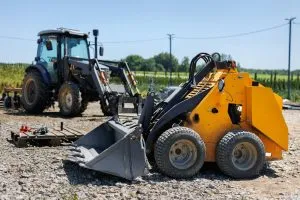
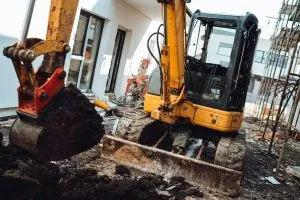
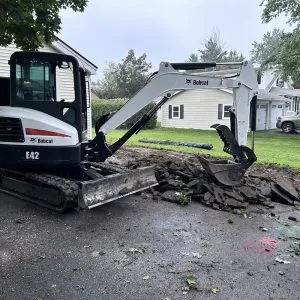
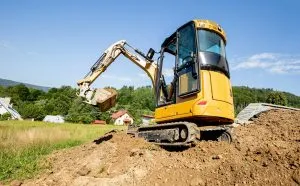
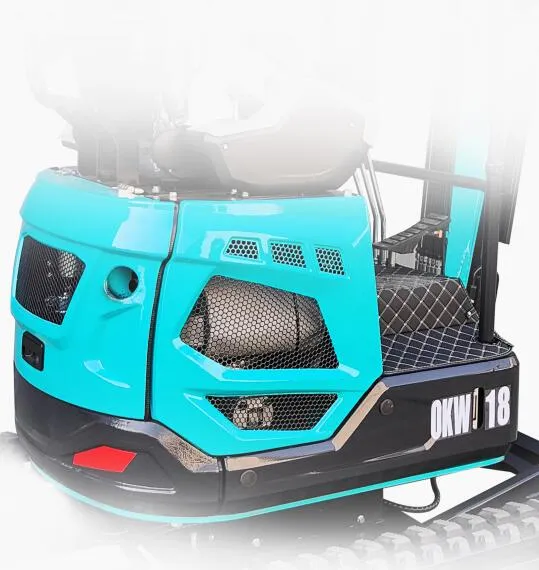
One Response
Thank you for such a great information.